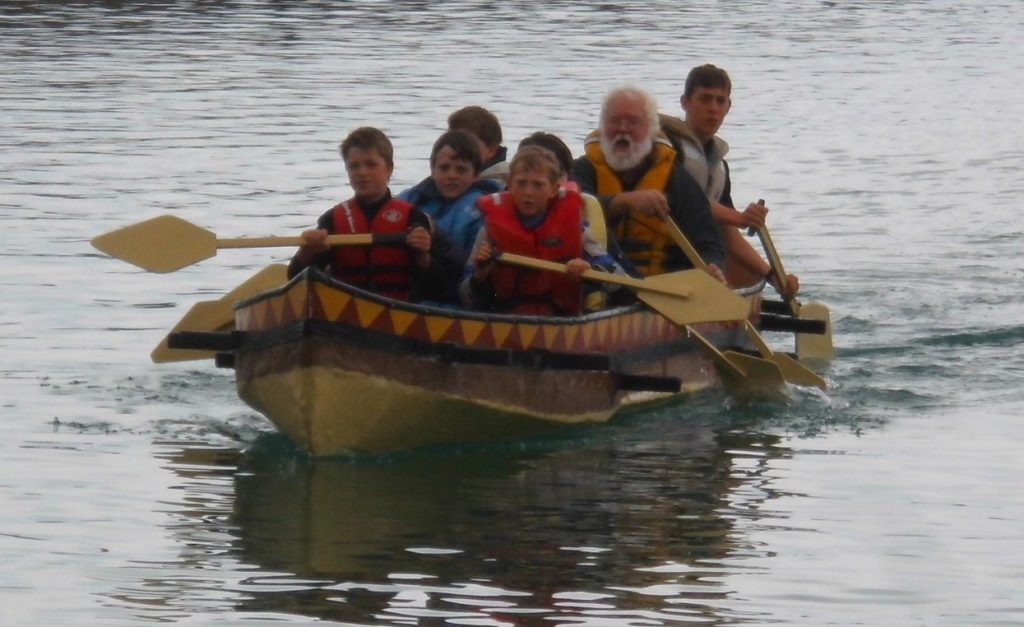This PDF is an extended version of the talk with Power-Point given by Robert Jenkin in Takaka on November 24th 2017. It challenges some current orthodoxies, and especially the idea that the illustrator of the SAC was Upper Merchant Isaac Gilsemans.
It is designed for two-page view with cover page.
Among its other subjects is the Zeehaen’s praeutien.


Robert
You rely on the signatures. Others regard those “signatures” as stylised approvals made by the scribe, on authority.
Also, we have done extensive work on the maps you use from your SAC and the H version.
These maps are identical. In fact there is a very interesting question as to how they were created so similar. What were the tracing tools of the day?
But thank you for inquiring further.
Hi Michael
I’m not sure which signatures you mean. I mention three, Tasman’s on SAC, Gilsemans’ on ‘his’ map of Tasmania and (maybe) Gilsemans’ on ‘A view of Hietto Trading Station’. In Tasman’s case I quote Sharp that the signature does not make him the author and is more like an endorsement. Are you saying the signature of Isaac Gilsemans on the Tasmania map might mean that he was just a ‘scribe’ approving it?
I don’t think I rely on any of these signatures. My point is that the SAC and Huijdecoper views of East Tasmania drawn on the same two days are very obviously the work of different men.
Kees Zandvliet identified the Hietto view as by Gilsemans in the Terra Australis exhibition in Sydney in 1988, or so Anderson affirms, and Diederick Wildeman describes him as a specialist in the history of cartography, so I guess someone you would know. I think that documentary evidence also points to Gilsemans working for Artus Gysels in 1635-36.. But I rely mostly on what I see. The Huijdecoper coastal views look like the work of the same man who drew Hietto back in 1635-36 – don’t you agree? And surely you don’t think the SAC views for the same days correspond in any way?